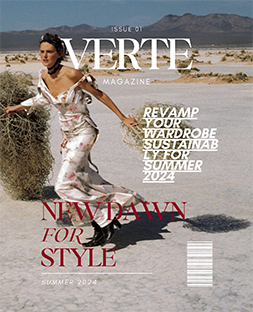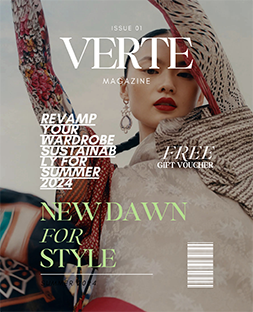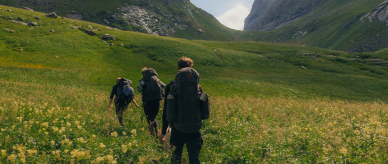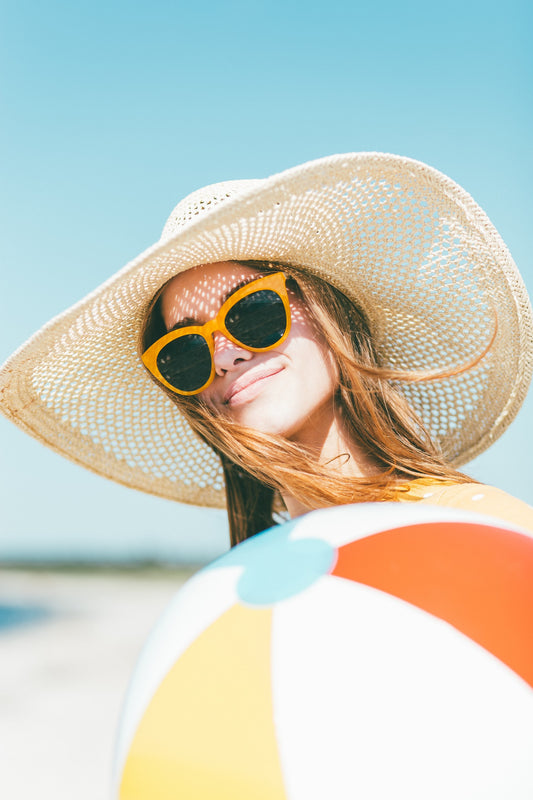Christmas trees have long been a central part of holiday traditions, but it's easy to overlook the impact they have on the environment. If you use artificial trees, producing one of these contributes about 40 pounds of carbon dioxide to the atmosphere. The key to making it sustainable is to reuse it. By spreading that 40 pounds out over a certain number of years—estimates range from five years to 20—it eventually will break even with the smaller impact you would see from buying a new natural tree year after year.
So, if your tree is fake, your mission is simple: Box it up and save it for the next year. And the next. And the one after that. Bequeath it to your children and make it a family heirloom. When you finally need to get rid of it, do your best to recycle or donate it. Your local Goodwill is a good place to start.
Of the 94 million Christmas trees estimated to be displayed in American homes this year, a whopping 14 million of them were real. And this has a positive effect. For example, most trees come from farms these days, so buying natural trees encourages short-term reforestation. More important, each one contains about 20 pounds of planet-warming carbon dioxide it removed from the atmosphere over the course of its lifetime. And once the carbon is out of the air, you want to avoid putting it back in. It may be an aspirational goal, but keeping all that carbon locked up in the wood would do as much for climate change as getting more than 27,400 cars off the road for a year. While natural trees are generally better for the environment than artificial ones, they can still be harmful if not disposed of properly.
There are a few eco-friendly options for disposing of your Christmas tree that can minimize its environmental impact:
1. Recycle your tree and turn it into mulch
This is often the easiest and greenest option, as much of the carbon in the wood remains trapped and can return to the soil. Many urban areas have public works departments that will gladly take your tree and turn it into wood chips for gardens and parks. Alternatively, you can search for a tree recycling program in your area through Earth911's database or check for state-specific advice on recycling methods.
2. Let your tree become an animal playground
If you don't have access to an urban recycling program, you can cut your tree into small pieces and place it in a natural area for animals to enjoy. This can provide shelter and food for birds and other wildlife. Just be sure to remove all ornaments, lights, and other decorations before disposing of your tree in this way.
3. You can donate your tree to a local charity or organization
Many organizations accept Christmas trees for use in community projects or events. For example, the Boy Scouts may use trees for landscaping projects, while churches or schools may use them for holiday decorations or plays.
4. Consider composting your tree

If you have a yard or garden, you may be able to compost your Christmas tree by shredding it and adding it to your compost pile. This can help enrich the soil and provide nutrients for your plants. Just be sure to remove any non-organic materials, such as lights and ornaments, before composting your tree.
5. Choose a sustainable tree
If you're in the market for a new Christmas tree, consider choosing a sustainable option. Many tree farms practice sustainable growing methods, such as planting new trees to replace those that are harvested. You can also look for trees that are grown locally, as this can reduce the carbon emissions associated with transportation.
6. Consider an alternative to a tree
If you're looking for a more sustainable holiday tradition, you may want to consider alternatives to a traditional Christmas tree. For example, you could use a potted plant that can be replanted after the holidays or create a tree-like structure using branches or other natural materials.
7. Support organizations that promote sustainable tree disposal

There are many organizations that work to promote sustainable Christmas tree disposal and other eco-friendly practices. Consider supporting these organizations through donations or by volunteering your time.
Here are a few organizations and companies that work to promote sustainable Christmas tree disposal and other eco-friendly practices:
- Earth911: This organization provides a searchable database of recycling and disposal options for a variety of materials, including Christmas trees. They also offer resources and tips on how to reduce waste and live a more sustainable lifestyle.
- The National Christmas Tree Association: This trade association represents Christmas tree farmers and promotes sustainable growing and harvesting practices. They also provide resources on how to dispose of your tree in an environmentally-friendly way.
- The Boy Scouts of America: Many local chapters of the Boy Scouts accept Christmas trees for use in community projects, such as landscaping or erosion control. Contact your local chapter to see if they offer this service.
- Christmas Tree Recycling: This organization, based in California, works to promote sustainable Christmas tree disposal and other eco-friendly practices. They provide resources and information on tree recycling programs in the state and offer a variety of services, including tree collection and mulching.
- Eco-Cycle Solutions: This Colorado-based organization offers a variety of sustainability services, including Christmas tree recycling. They work with local governments, businesses, and communities to promote eco-friendly practices and reduce waste.
By supporting these organizations and companies, you can help promote sustainable Christmas tree disposal and other eco-friendly practices.
Don'ts:

- Don't burn your Christmas tree
Christmas trees make bad Yule Logs. Their flammable oils will coat your chimney with creosote and increase your risk of a fire. Burning it also sends the tree’s carbon back into the atmosphere, making burning a naughty choice indeed.
- Don't Let it end up in a landfill
Of all the places a tree can go, a landfill is the absolute worst for the environment. While trees do break down naturally, a lot of municipal trash ends up underground where there’s little oxygen. The bacteria that thrive in these places tend to turn the carbon in waste into methane, which does more than 20 times as much damage to global temperatures as carbon dioxide does.
Now that you know the various ways of disposing and recycling Christmas trees, it is up to you to decide the best use of your old tree instead of throwing it in the garbage. By recycling, donating, or using your tree to benefit wildlife, you can celebrate the holidays in a more sustainable way.












